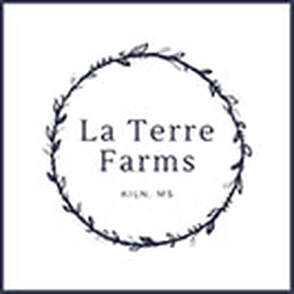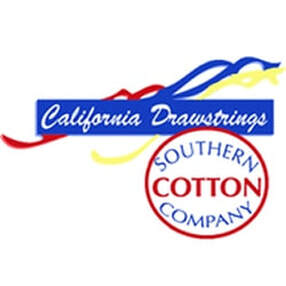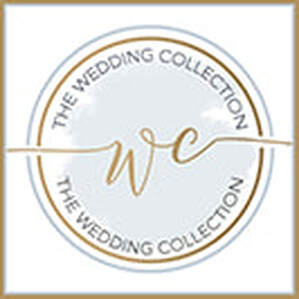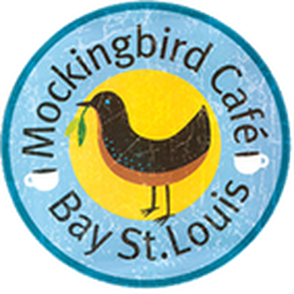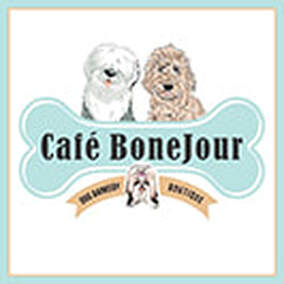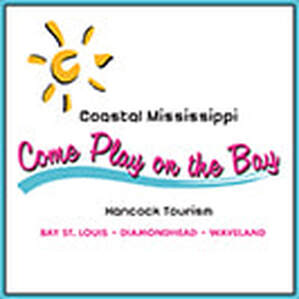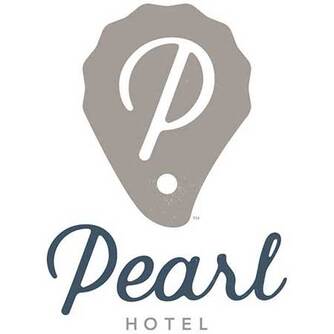Thirty Wines For Thirty Years
Wine connoisseur Anna Speers celebrates her upcoming birthday with 30 of her favorite wines. Many are available locally and they're categoried as Steals (around $10), Deals ($15 range) and Splurges($20 - $40 range)!
No, my friends, this month we are celebrating with a list of 30 of my favorite wines from over the last 30 (ok fine, nine) years. Ten steals, ten deals, ten splurges; all wines that I have personally bought and enjoyed repeatedly.
A disclaimer before we proceed: Most of these wines can be found locally. Some are available at larger wine retailers around our area; others will require a trip into New Orleans to find. Normally I would not do this, but it's my birthday and these wines are delicious and you will thank me for it later. For easy reference, I've starred the ones that might be tricky. Whites come before reds, and the list in each category progresses from sweetest to driest.
Steals:
(around $10)
Deals:
($15 range)
Splurges:
($20 - $40 range)
You may have noticed that there is a slight prevalence of Washington state wines on this list. For that, I make no apologies. My home state is cranking out some exceptional wines and we Mississippians deserve to seek out those treasures.
As for our own local vineyards, I would encourage y'all to check out Pontchatrain Vineyards Zinfandel. Our southern clime is not necessarily the best for producing much more than muscadine wine, but this locally-grown-and-bottled Zinfandel is a solid offering, considering our climate and soils. Welcome to 2017, my fellow bacchanals. Let's do this right. Here's to the next 30 years! Cava For Christmas
Switch up your holiday bubbly this season with Spanish sparkling wine. And don't miss Anna's recommendations for Steals (around $10), Deals ($15 range) and Splurges($20 - $40 range) - all locally available in the Bay-Waveland area!
For my palate, Prosecco tends to be too sweet and Champagne tends to be too full of Chardonnay notes (not to mention the price tag for a decent bottle). I've got a fever, and the only cure is more Cava.
Cava is a sparkling wine produced in the Catalonia region of Spain. Consider it Champagne's southern cousin: like Champagne, Cava is predominately made from a mix of three grapes and follows an identical production sequence. Like Champagne, Cava can have a range of sweetness, from Brut Nature to Dolce. Like Champagne, Cava undergoes secondary fermentation in the bottle and all carbonation is a natural result. Unlike Champagne, the grapes used for Cava, unique to this region in Spain, have some incredibly fun names. Check these out: Macabeu, the base of most Cava blends, brings a slight floral aroma, lemon flavors and a crisp, delicately bitter finish. Parellada provides aggressive acidity and bold citrus. Xarel-lo lends rich aroma and body, with notes of pear and melon. These three are blended in varying percentages, and overall create a sparkling wine that is drier than Italian Prosecco and less nutty than Champagne. Cava follows the Champenoise method of production, although according to my research we are no longer supposed to use that term to describe Cava (only Champagne can use the Champenoise method, which makes a reluctant sort of sense). Sue me, Champagne snobs. This traditional method states that the first fermentation of the wine should happen in the barrel, with the second fermentation occurring in each individual bottle. Yeast, nutrients and sugar are added during this second stage, and the result is a natural sparkling quality.
Sparkling wines like Cava are perfect for this time of year, and not just for celebration purposes. Cava is lower on the alcohol-by-volume spectrum, averaging around 11 percent. It is light enough to sip on for several servings without ending up under the table. Its crisp, light bodied brightness cuts through the decadent December dishes like lamb, roasts, and rich desserts; it also pairs beautifully with spicy dishes and seafood.
To top it all off, Cava delivers a quality product at prices that simply cannot be beat. Around the holidays, we spend so much money in gift-giving: it is a joy to find a celebration-worthy wine that doesn't break the bank. The lucky locals of Bay St. Louis can taste-test this delicious wine without committing to the purchase of an entire bottle. Head over to the Rum Kitchen in Waveland, sit at the bar and ask for Daniel. He's got a great Cava on the wine list that pairs perfectly with fried plantains and bread pudding. This Christmas, I am lucky enough to be headed home to the Pacific Northwest to spend a week skiing with my family. We will most definitely be popping some corks in celebration of us being together again. We're also huge geeks; we love J.R.R. Tolkien. Stay with me here. The word 'cava' means cave or cellar in the local Spanish dialect. Every Christmas since 2001, we have made a point to see the latest release in the “Lord of the Rings” and “Hobbit” series as a family. Our own little cabin in Washington is built into the side of a hill, and has a “Hobbit hole” feel to it. While Cava is technically named for the time-honored practice of storing and aging wine in caves, it felt very serendipitous to be researching and writing about a wine for the holiday season that is, essentially, aged in a Hobbit hole.
Anna's Steals, Deals and Splurges
locally available Steal: Sigura Viudas Brut Riserva, non-vintage. Great value, zippy acidity. Deal: Freixenet Cordon Negro Brut, non-vintage. Medium bodied, well balanced. Splurge: Segura Viudas Brut Riserva Heredad, non-vintage. Rich, smokey, bold. Turkey, Wine and Apples: The Holy Trinity of Fall
Harvest time = harvest wines. Beaujolais Nouveau is just the beginning. And don't miss Anna's recommendations for Steals (around $10), Deals ($15 range) and Splurges($20 - $40 range) - all locally available in the Bay-Waveland area!
- by Anna Speer
Every vintage year is different; these wines do not spend a lot of time (hardly any, in fact) maturing. They should spend even less time on your wine rack. Beaujolais Nouveau is a constant in your local wine store in late fall/early winter. Love it for what it is; an easily accessible tradition and a delicious addition to your meal. Don't try to cellar or upsell it. Do love it for the way it will balance out the heavy, rich flavors of of the Thanksgiving spread.
Next: Pinot Noir. Foodies and oenophiles alike love to feature Pinot Noir during this time of year. It makes sense: moderate body, complex fruit notes and a depth provided by oak-barrel maturation. All these qualities make Pinot Noir an ideal match for Thanksgiving, particularly when the turkey is grilled. The smokey qualities of a good Pinot Noir can highlight depth of flavor when roasting or grilling your centerpiece poultry. This varietal offers huge scope in quality: a cool-climate Pinot Noir from New Zealand is nothing like an oak-aged offering from Oregon. Stray but a little from the Meiomi status-quo and a world of nuance awaits you and your turkey.
Finally, Chardonnay. Rich, crisp, buttery goodness. Perfect for Thanksgiving. The creamy qualities of this wine pair beautifully with many dishes served at a traditional Thanksgiving. For those who prefer more brightness and less oak in their glass, I suggest cool-climate offerings.
Take a gallon of apple cider. Any cider will do; plain apple juice will work in a pinch. Get the cider in a big pot over low heat. Add a clove-studded orange and apple, a cinnamon stick, a whole nutmeg, a few whole peppercorns and a star anise. Let it go for at least an hour and taste. In the past I've needed to add lemon, brown sugar and more apple, among many other things. Let your palate be your guide.
By this time, your house will smell better than an expensive fall-themed candle and your guests will be dying to know what your secret is. Serve the cider in mugs and offer up a bottle of red wine to use as an add-in. Almost any dry red wine will do, but I prefer Red Zinfandel. Bold, fruit-forward, delicately spicy, moderate body and not overly expensive: this varietal is by far my favorite for this recipe. This is a fantastic way to introduce red wine to your "I don't like red wine" friends. The cider is deliciously fragrant on its own and the wine brings a delightful depth to the drink. As they adjust to the flavors, they can progressively add more wine until they feel brave and comfortable enough to try a full glass. Chardonnay, sadly, will not stand up to this adaptation. Keep your white wine selections cold and crisp, and serve your cider separately. If you have any leftover cider at the end of the night, refrigerate it in a pitcher. It should hold for a week or so, and pairs beautifully when served cold with a leftover turkey sandwich. Happy Thanksgiving, y'all. Hug your families extra from me.
Anna's Steals, Deals and Splurges
Steals (around $10), Deals ($15 range) and Splurges($20 - $40 range) - all locally available in the Bay-Waveland area! Steal: Louis Jadot Beaujolais Nouveau, current year's vintage. Serve slightly chilled. Deal: Oyster Bay Pinot Noir, 2014. Medium-bodied, luscious. Serve slightly chilled. Splurge: Sonoma-Cutrer Russian River Chardonnay, 2014. Serve slightly chilled. Chalice, Goblet, Glass or Flute:
|
|
It's hard to believe that fall is upon us. My Pacific Northwestern soul tells me that soon, a lasting chill will be back in the air, wet leaves will carpet the ground and candles will be lit in windows to ward off the encroaching darkness.
Literally all of Mississippi: "HA!" While the edge may be taken off the heat now that we are officially out of summer, we still have a long way to go before we can look for anything that near resembles the Octobers of my youth. |
Grape Minds
|
I'm getting there. Let's talk about all the upcoming Halloween parties we will be attending in the near future. Libations will, no doubt, abound. Red wine, white wine, mysterious punches bubbling with dry ice and sparkling with effervescence . . . But how to serve them? Red solo cups? Certainly. Champagne flutes? Check. But why does it matter? It matters a great deal, friends, but perhaps not for the all the reasons you might expect.
For most of the wine world, the qualities of the vessel directly relate to optimizing the character of the wine. The most visible and influential of these attributes is the shape of the bowl, the part of the glass that actually holds the wine. The bowl contributes to shaping the aroma of the wine. After sight, smell is the primary sense with which we experience wine (you remember this because you've been paying attention over the last few articles, right?), making this particular vessel characteristic exceptionally important.
Wider, rounder bowls mean the wine comes into contact with more oxygen. This increases the aromatic qualities in the wine, which is particularly important for big, red wines like Cabernet, Merlot, Zinfandel and Red Burgundy. Air contact can help to temper higher alcohol content as well, which is an added bonus for those of us who dislike the sting of a "hot" wine.
On the other end of the spectrum, narrower bowls decrease air exposure. Too much oxygen can, in fact, overpower and dull the delicate tasting notes present in light reds and white wines. Heavier wines such as Pinot Noir and fully-oaked Chardonnay can stand up to a medium-bodied vessel, but true light whites like Sauvignon Blanc and Pinot Grigio show best in a narrower bowl. When it's time to toast the winners of this year's Halloween costume contest, be sure to pick up a flute of Champagne; the extreme narrowness of the glass keeps your bubbly . . . well, bubbly.
Lastly in this Wine Glass 101 crash course is the absence or presence of a stem. The easiest way to think about this difference is to consider your motives. Casual or formal? Tasting or drinking? Porch or restaurant? The purpose of the stem is to keep the drinker's hand away from the bowl, thus preserving the integrity of the wine by avoiding extra external warmth. Now — to insert my own bias — how many of us causal drinkers actually grasp our wine glasses by the stem, rather than by the bowl?
*crickets*
Anyone?
Unless you are performing a formal tasting or are savoring a really exceptionally wine, there is no reason to feel like you must purchase high-end stemmed glassware. Stemless tumblers serve our everyday purposes just fine as long as you watch the temperature of your wine as your hands warm it.
Wine glasses, in my opinion, should be an expression of the wine they hold as often as possible. This requires striking a balance between function and art. A favorite wine glass is much the same as a favorite coffee mug. The texture, weight, design and heft of the glass is just as important to your wine experience as the bowl depth, rim structure and quality of glass, not to mention the quality of the wine within.
Sentimental connection also plays a role. In the mountain town where my family has spent many autumns, there is an artist, Garth Mudge, who creates freeform, hand-blown wine glasses at Winthrop Glassworks. Each one varies in color, size, thickness and texture. I buy a new one every time I visit. They are durable, unique and useful reminders of a place where Octobers are cool, crisp, wet and wonderful.
Steals, Deals and Splurges
Here's a locally available taste of my home state:
Steal: Kung Fu Girl Riesling 2015, Charles Smith Wines. Focused, clean sweetness.
Deal: Columbia Valley Sauvignon Blanc 2015, Chateau Ste. Michelle. Bright, ideal with oysters.
Splurge: Columbia Valley Cabernet Sauvignon 2013, L'Ecole. Classic profile, coffee & sage.
Wine Flights At Home
With Anna's recommendations for Steals (around $10), Deals ($15 range) and Splurges ($20 - $40 range) - all locally available in the Bay-Waveland area!
- story and photos by Anna Speers
|
There is no better way to expand your palate than by trying many different wines. Unfortunately for our area, we do not have many opportunities to do this. Buying full bottles can be a daunting commitment to make, particularly when venturing into a new wine category. Restaurants often stock familiar wines that have a proven track record with their customers, which can limit the by-the-glass selections for an adventurous, aspirational wine enthusiast.
The solution here is wine flights and tasting events. Whenever I'm at a new restaurant, I ask the server if they offer flights. While smaller restaurants rarely offer this opportunity, bigger ones sometimes do. |
Grape Minds
|
A wine flight participant should follow a few rules to get the most out of their tasting experience:
- Start with a clean palate. No beer or liquor before wine.
- Begin with the lightest-bodied wine and move through to heavier, drier wines.
- Do not mix sweet wines and dry wines.
- Avoid mixing red and white wines (this is not a hard and fast rule).
- Flights should be accompanied by notecards with information about each wine, along with its price per glass or per bottle.
- Take your time and get to know each wine.
- Note-taking is highly encouraged.
- Ask questions.
- Finish by ordering a full glass of your favorite.
For a basic tasting, select your wine type and follow the guidelines and setup described above. Call up the gang and have at least three people bring a different bottle each (or buy them yourself if you're feeling generous). Everyone else can bring food. Keep the nibbles simple and in line with your wine selection. Think finger food.
I am not a subscriber to the “white wine with fish and red wine with steak” guideline. Party snacks for wine tastings can be literally whatever you like, but in case you're stuck, here are some classic pairings:
- Dry white wines with soft cheeses, Asian flavors, green apples and salads.
- Dry red wines with hard cheeses, charcuterie, fig jam and hearty soups.
- Sweet wines with spicy flavors and good vanilla ice cream.
- Crusty bread with everything.
Which wine is the least expensive? Which is the most? Which one came from (insert each region/country/continent here)? Which was your favorite? If the selection of wines includes any blended wines, the group can flex its collective palate sensitivity by attempting to identify what grapes are used in each blend. This can be very challenging but it is a fantastic way to see if your taste buds are as good as you think they are.
Remember, when tasting a wine we should take the time to appreciate the color, the nose, the mouthfeel, the tasting notes and the finish. Use these observations to guide your guesses, and good luck!
Steals, Deals and Splurges
Steal: 19 Crimes Red Blend: smooth, nuanced and very beginner friendly.
Deal: Joel Gott Sauvignon Blanc: bright, clean and hefty (13.9% ABV!).
Splurge: Conundrum White Blend: balanced, creamy and slightly sweet.
Sauvignon Blanc: the White Wine World's Wild Younger Sister
- by Anna Speers
|
When my younger sister turned 21, I flew her down to Mississippi, gave her a $200 limit at the local wine store and cut her loose.
The goal? Start her on her way to developing her wine palate. We spent the next few days staying up way too late (as sisters do) and sampling everything under the sun. We began with beginner-friendly Riesling - universally palatable and sweet, moved through Pinot Grigio and then entered my wheelhouse: Sauvignon Blanc. |
Grape Minds
|
She was in love, and I could not have been more proud.
The name Sauvignon Blanc translates to "wild white"; long ago, it grew native in the hills of southwest France. Today, it is grown in maritime and continental climates, with a total of over 275,000 Sauvignon Blanc acres planted worldwide. That's almost 430 square miles, y'all. This is a very popular varietal. Most famous are the Sauvignon Blancs coming out of France, New Zealand and California. The growing climates there create longer growing seasons, which allow for slow ripening, flavor concentration and appropriate sugar/acid balance.
That balance is a delicate tightrope to walk. Ask any Sauvignon Blanc critic and they will almost always claim that these wines are too 'pucker'-y for their palate. This is why I love the wine world. They aren't wrong; the acid in some SB's can be assertive. The trick, as with any wine in any category, is to find the ratio that appeals to your individual palate.
Luckily, these 'wild white' wines range in flavor profile from strongly herbaceous and grassy to richly tropical and round. Cooler maritime climates like New Zealand, Bordeaux and coastal California create fruit forward wines with brilliant, zesty acidity. These wines burst with grapefruit, lime and green apple notes. They are youthful, playful and clean, and are one of the only wines out there that truly pairs well with sushi.
A note on French Bordeaux: Sauvignon Blanc-based wines from Bordeaux are traditionally called White Bordeaux. While White Bordeaux can be 100% Sauvignon Blanc, there are three primary grape varietals that are allowed to be used to make White Bordeaux: Sauvignon Blanc, Semillon and Muscadelle. When shopping this category, note that blends primarily featuring Sauvignon Blanc will be more bright and citrusy, whereas Semillion-based blends will be richer and creamier.
Back in the USA, in warmer continental climates such as central California, Sauvignon Blancs take on flavors of ripe peach and passion fruit. Some of these New World wines have taken on the name Fume Blanc, referring to the smokey notes added to the wines by the slate and limestone soils. In my experience, these rounder, more full-bodied Fume Blancs tend to be more appealing to those consumers who typically go for Chardonnay.
Time to address the elephant in the room: many Sauvignon Blanc wines are sealed with screw-tops. Some consumers dismiss any wine with a screw-top as inferior. This is a mistake. Screw-tops act very similarly to mason jar tops: they create a tight, reliable seal that preserves the wine up to three times longer than a traditional cork. Additionally, a cork tree takes 31-43 years before the bark can be harvested to make decent wine corks. Screw-tops provide an environmentally friendly alternative, particularly in areas where recycling the bottle is an option.
Here's my pitch, guys: it's hot. It's really, really hot. When a lemonade won't cut it and a beer is too heavy, Sauvignon Blanc is here to save the day. It has the acid to cut through the richness of trout almondine, the citrus to accent charbroiled oysters, the crispness to highlight clean sushi, and it's amazing on its own, no cellaring required. From tacos to shrimp po'boys, you simply cannot go wrong with this wine.
My own wild little sister agrees with me. When she got married, it was 110 degrees outside. We sweated our way through set up and rehearsal, watched the lovely couple say their vows and then broke open several cases of, yep, you guessed it: Sauvignon Blanc.
Steal: SeaGlass Sauvignon Blanc, Santa Barbara, CA. Complex tropical flavors, crisp acidity.
Deal: Oyster Bay Sauvignon Blanc, Marlborough, NZ. Zesty, aromatic grapefruit; elegant.
Splurge: Chateau Haut Rian Sauvignon Blanc/Semillon, Bordeaux A/C. Crisp minerality; balanced.
Pink is the New White: The Rosés of Summer
- by Anna Speer
|
Let's begin by dispensing with a common misconception. Grape juice from wine berries is colorless. It doesn't matter if we are crushing a Sauvignon Blanc berry or a Merlot berry: the juice is clear. It is the skin of the grape that lends color to the juice. The longer the juice is exposed to the crushed skin, the deeper the color becomes.
Creating wine via crushing wine berries is the oldest winemaking technique in the world. Ancient winemakers would stomp the grapes, leaving the juice in contact with the skins before discarding them and allowing the juice to ferment. The result would have been a clear, lightly colored pink wine. |
Grape Minds
|
Today, rosés display great variety in color and taste profile, ranging from off-orange and bone-dry to bright purple and sweet. Rosés spend a notably short time in maceration (that's wine-speak for processing and maturing); this limits their shelf life. These are "right now" wines best consumed within a year of production, with the newest vintages offering the freshest choices.
Let's take a look at the most popular grapes used to make rosé and the styles of wine they produce:
Grenache accounts for over 60 percent of rosé blends and is also used to create single varietals. Most notably, these grapes are used in immensely popular French Grenache/Cinsault/Syrah blends. These wines are fresh, fruity and acidic, with good body and a long finish. They show best when fully chilled, and go well with literally everything, especially hot July evenings. Of all the wines I sampled for this article, Grenache-based rosés were far and away my favorites.
So, how do we select our ideal rosé? Start by asking a few questions.
"Is it dry?" Sometimes, this question can be answered by looking at the wine's country of origin. European rosés tend to be drier while U.S. and New World rosés can lean toward semi-sweet. If you are looking for a sweet pink, refer to the previous paragraph.
"How's the color?" Try to avoid selecting a wine solely based on color: while consumers tend to purchase deeper-hued rosés, blind taste tests have demonstrated a strong trend in preference for lighter ones. When in doubt, go French; they've been doing the rosé thing for a long time.
"Will the boys like it?" Gentlemen, pink wine isn't just for the ladies: this is a lasting trend we all need to jump on. If anyone raises an eyebrow at you while you're sipping on a delicious glass of summertime heaven, tell them this: it's not ROsé, its BROsé.
Steals, Deals, Splurges
"Steals" are usually under $10, "Deals" in the $15 range, and "Splurges" are in $20 - $40 range. These wines are available in the Bay-Waveland area.
Deal: Gerard Bertrand Cote des Rosé 2015. Grenache, Cinsault, and Syrah; dry.
Splurge: Chateau d'Esclans Whispering Angel Rosé. Grenache, Cinsault, Syrah, and Rolle; dry.
I'll admit it — I love shoulder seasons. Late spring to early summer in Mississippi offers what is, without a doubt, one of my favorite shoulder seasons in the world. Everything is in bloom, we have more daylight and we are treated to warm, pleasant days and cool, crisp nights. If we are very lucky, we even get a breeze to keep away the mosquitoes. Grills get lit and, as meals and parties move from living rooms to porches, we start looking for wines to take the edge off the afternoon sun.
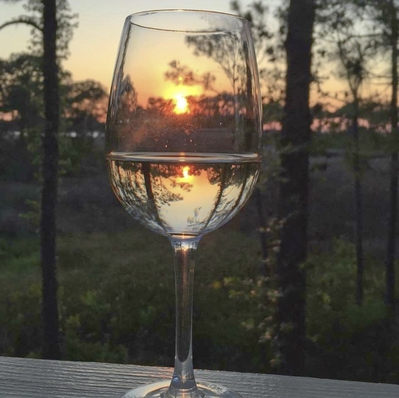 photo by Anna Speer
photo by Anna Speer
A classic choice in this broad, subjective category is Riesling. This sweet white wine originated in Germany, but grows well in most of Western Europe and the U.S. It is immensely versatile; ranging from off-dry to richly sweet with color and flavor profiles as varied as the countries in which it is grown.
Often falling under the shadow of its much sweeter cousin, Moscato, Riesling is, in my opinion, a greatly underrated wine. This is not to say that Moscato is a wine to be dismissed — far from it. More on that another time. That being said, I would invite all Moscato drinkers to branch out.
In our market, we have access to Rieslings that are predominantly semi-sweet with notes of tree fruits and citrus. For a deeper, richer option, look for late-harvest Rieslings; these will showcase apple and honey notes. As a whole, these wines offer an approachable sweetness paired with a crisp acidity that is ideal for hot weather after an essential solid 2-hour chilling in the fridge.
For those who prefer dry wines to sweet ones, let us turn to the world of Pinot Gris and Pinot Grigio. This grey-skinned grape takes its name from its country of origin (the French word for grey is gris); when these grapes are grown across the border in Italy, they take on the grigio appellation. This single grape is used to craft two very different and widely popular styles of wines. Savignon Blanc lovers, take note: both these styles cater to your tastes.
The second style is the Alsatian Pinot Gris, which showcases notable spiciness, full body and a higher alcohol content. Where Pinot Grigio is harvested young and meant for early consumption, Pinot Gris will cellar and age well. Look to Italy and Oregon for the best and most accessible options for both of these delicious varieties.
A note of advice before moving on: some Pinot Gris, particularly those grown in warmer climates, can have alcohol contents of up to 14 percent. In these cases, chilling the wine and keeping it cold is absolutely essential. Allow them to get too warm and you'll find yourself with a nose full of rubbing alcohol.
|
Red wine lovers, despair not! I have not abandoned you. Chilled reds, lighter in body, lower in tannins and brighter in fruit flavors, make beautiful warm weather choices. For an ideal selection, turn to Beaujolais. Made predominately from Gamay grapes, Beaujolais hails from Burgundy, France.
There are three primary styles of this wine. Beaujolais Nouveau, a thin, bright wine made from the first harvest of that year; Beaujolais Villages, a plump, fruity offering known as the classic bistro wine of Paris; and Cru Beaujolais, high-caliber wines of particular distinction. For our purposes, the best bang for your Beaujolais buck is the Villages-bistro style. Beaujolais winemakers harness a process called carbonic maceration. In this technique, a portion of the grapes is allowed to ferment without breaking their skins. This increases the fruit-forward quality of the wine and keeps the tannins low, making Beaujolais an ideal porch wine, especially when slightly chilled. Feeling really ambitious? Try any one of the wines discussed this month in a sangria recipe next time you light your grill this shoulder-season. Then invite me over. |
Steals, Deals, Splurges
Deal: Louis Jadot Beaujolais Village (2014)
Splurge: Santa Margarita Pinot Grigio (2014)
The Winemaker's Wine: Chardonnay
- by Anna Speer
Before we get started, a crash course in wine tasting (keep this information handy for future samplings):
When trying a new wine, pour it into a glass (or coffee mug, red solo cup, whatever the situation calls for) and allow it to sit. Swirl and observe the color. How’s the clarity? Next, smell it. Don’t be shy — lift the glass to your nose and really get in there. What aromas jump out at you?
Take a small sip and let it rest on your tongue, then inhale slowly over the wine. If you get a gurgly sound going on, you’re on the right track. Just don’t choke. This aerates the wine and helps bring out additional flavors. Make a note of the mouthfeel of the wine, as well as what you taste and smell. Swallow the wine and take note of how long the taste lingers and how the flavors change; this is called the finish.
Now, let’s imagine we’re at a dinner party. At the bar, there will be a red wine and a white. Nine times out of ten, that white will be a Chardonnay. In fact, Chardonnay is the most popular white wine in the U.S. and the most widely planted white grape in the world.
Categories
All
15 Minutes
Across The Bridge
Aloha Diamondhead
Amtrak
Antiques
Architecture
Art
Arts Alive
Arts Locale
At Home In The Bay
Bay Bride
Bay Business
Bay Reads
Bay St. Louis
Beach To Bayou
Beach-to-bayou
Beautiful Things
Benefit
Big Buzz
Boats
Body+Mind+Spirit
Books
BSL Council Updates
BSL P&Z
Business
Business Buzz
Casting My Net
Civics
Coast Cuisine
Coast Lines Column
Day Tripping
Design
Diamondhead
DIY
Editors Notes
Education
Environment
Events
Fashion
Food
Friends Of The Animal Shelter
Good Neighbor
Grape Minds
Growing Up Downtown
Harbor Highlights
Health
History
Honor Roll
House And Garden
Legends And Legacies
Local Focal
Lodging
Mardi Gras
Mind+Body+Spirit
Mother Of Pearl
Murphy's Musical Notes
Music
Nature
Nature Notes
New Orleans
News
Noteworthy Women
Old Town Merchants
On The Shoofly
Parenting
Partner Spotlight
Pass Christian
Public Safety
Puppy-dog-tales
Rheta-grimsley-johnson
Science
Second Saturday
Shared History
Shared-history
Shelter-stars
Shoofly
Shore Thing Fishing Report
Sponsor Spotlight
Station-house-bsl
Talk Of The Town
The Eyes Have It
Tourism
Town Green
Town-green
Travel
Tying-the-knot
Video
Vintage-vignette
Vintage-vignette
Waveland
Weddings
Wellness
Window-shopping
Wines-and-dining
Archives
July 2024
June 2024
May 2024
April 2024
March 2024
June 2023
March 2023
February 2023
January 2023
December 2022
November 2022
October 2022
September 2022
August 2022
July 2022
June 2022
May 2022
April 2022
March 2022
February 2022
January 2022
December 2021
November 2021
October 2021
September 2021
August 2021
July 2021
June 2021
May 2021
April 2021
March 2021
February 2021
January 2021
December 2020
November 2020
October 2020
September 2020
August 2020
July 2020
June 2020
May 2020
April 2020
March 2020
February 2020
January 2020
December 2019
November 2019
October 2019
September 2019
August 2019
July 2019
June 2019
May 2019
April 2019
March 2019
February 2019
January 2019
December 2018
November 2018
October 2018
September 2018
August 2018
July 2018
June 2018
May 2018
April 2018
March 2018
February 2018
January 2018
December 2017
November 2017
October 2017
September 2017
August 2017
July 2017
June 2017
May 2017
April 2017
March 2017
February 2017
January 2017
December 2016
November 2016
October 2016
September 2016
August 2016
July 2016
June 2016
May 2016
April 2016
March 2016
February 2016
January 2016
December 2015
November 2015
October 2015
September 2015
August 2015
July 2015
June 2015
May 2015
April 2015
March 2015
February 2015
January 2015
December 2014
November 2014
August 2014
January 2014
November 2013
August 2013
June 2013
March 2013
February 2013
December 2012
October 2012
September 2012
May 2012
March 2012
February 2012
December 2011
November 2011
October 2011
September 2011
August 2011
July 2011
June 2011

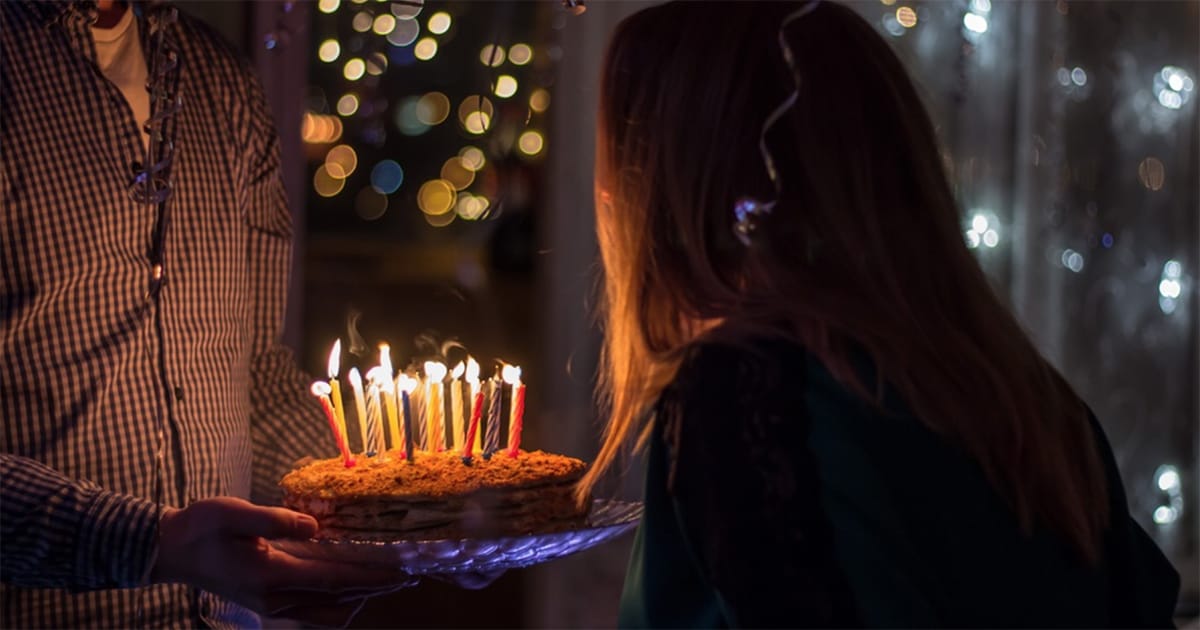

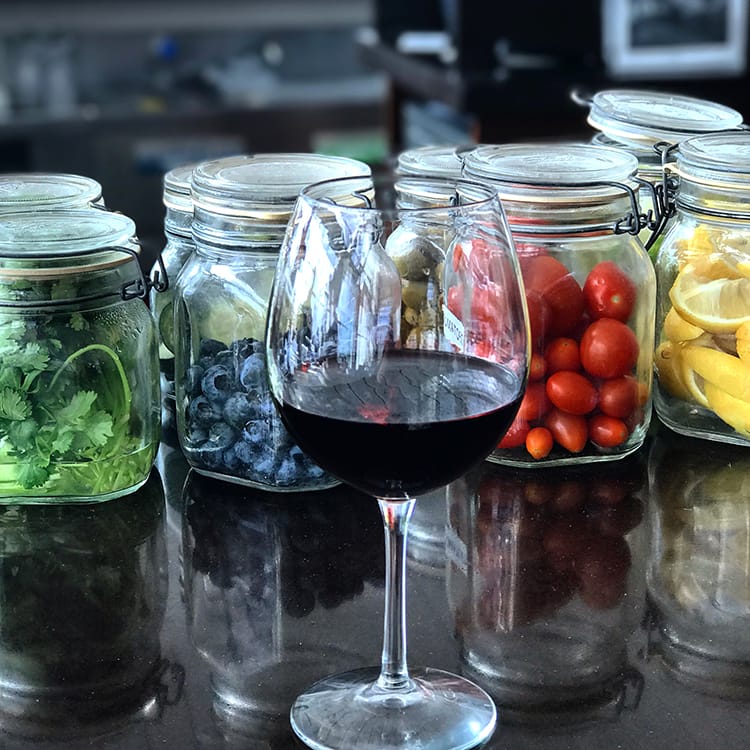
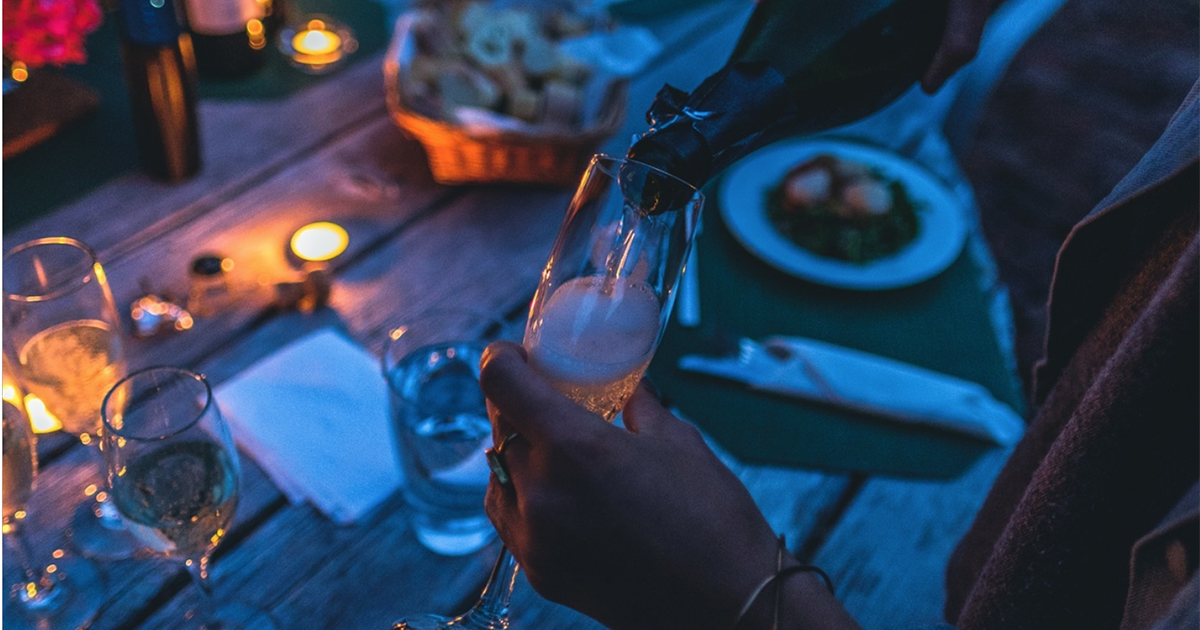
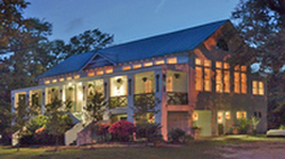

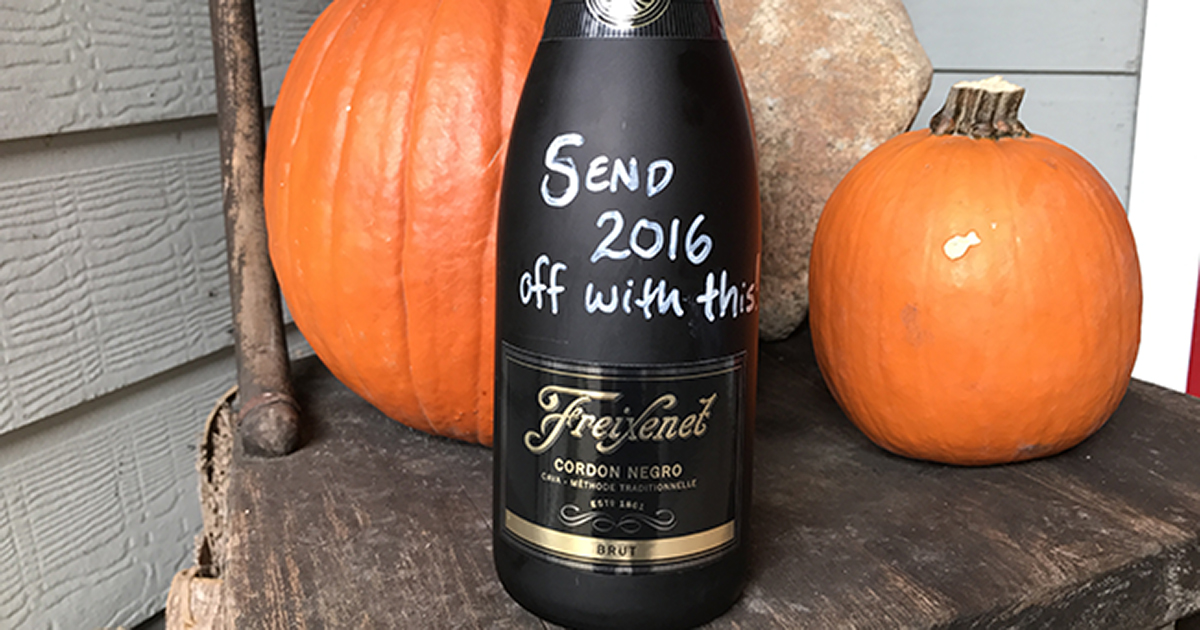

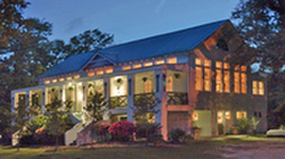

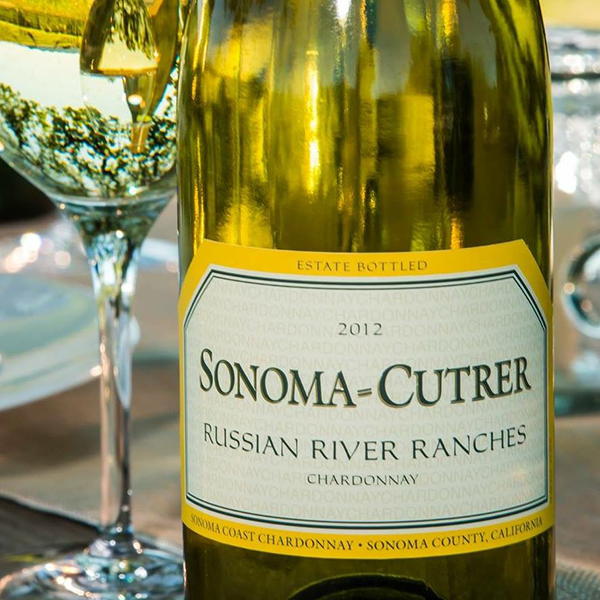
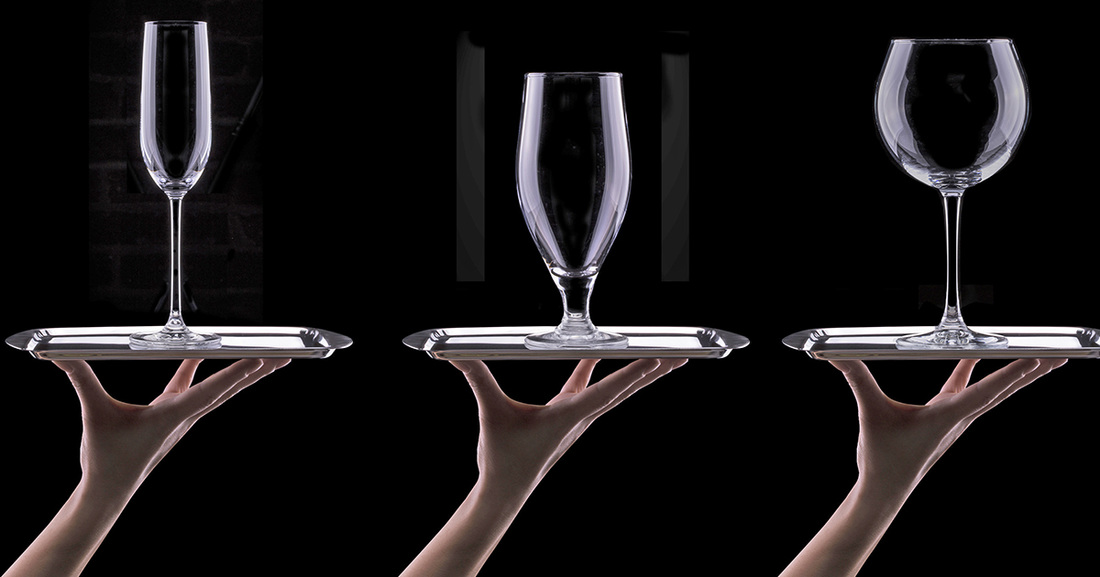
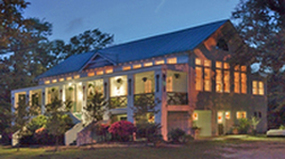
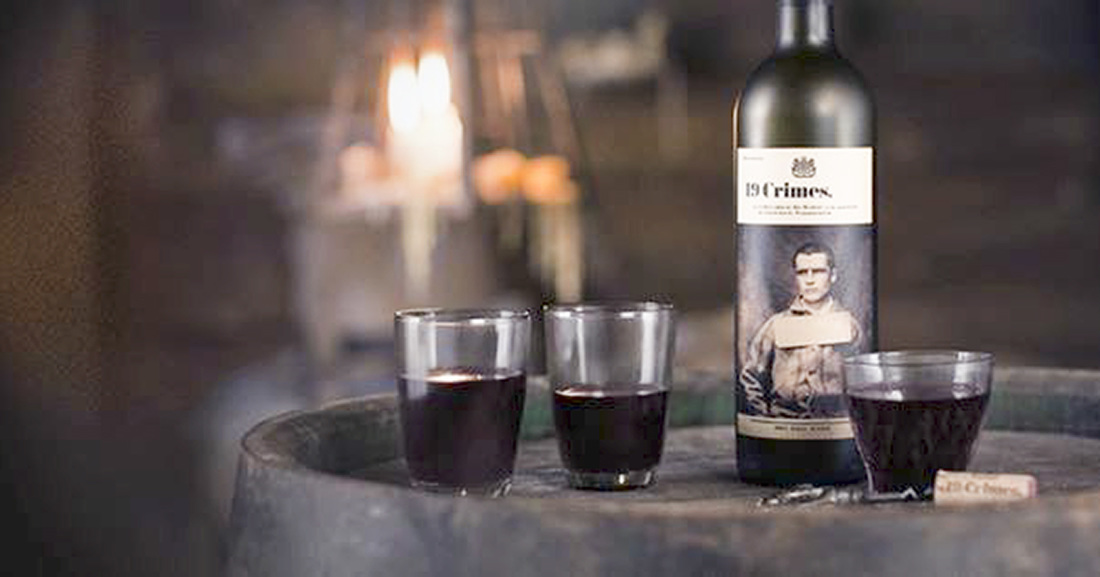
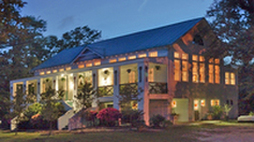

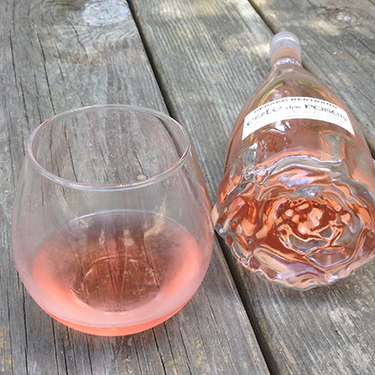
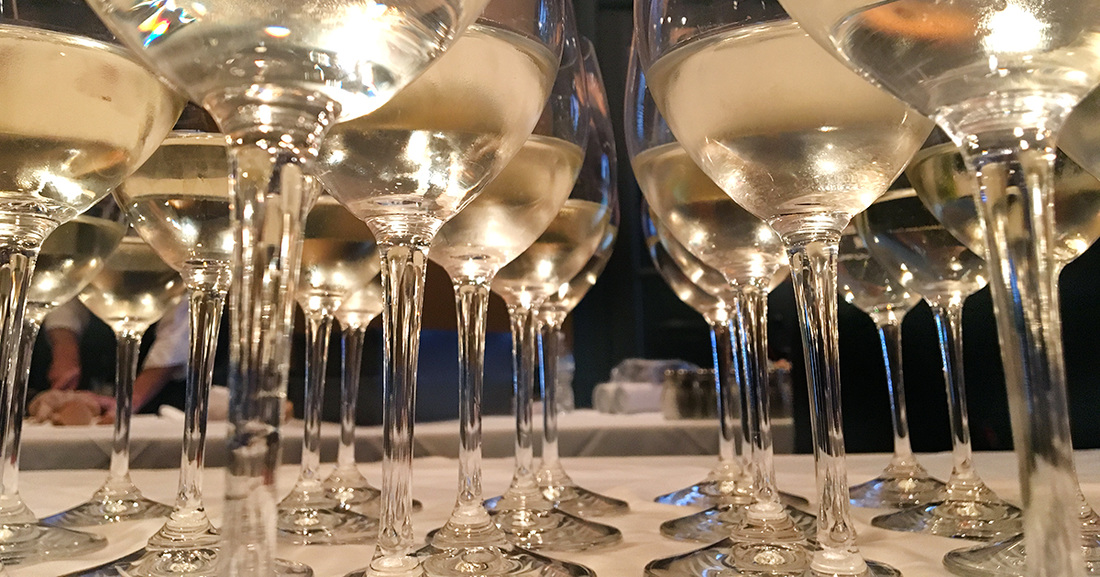
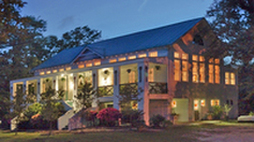
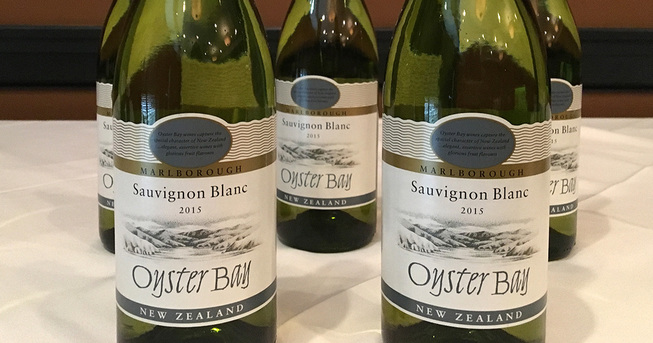
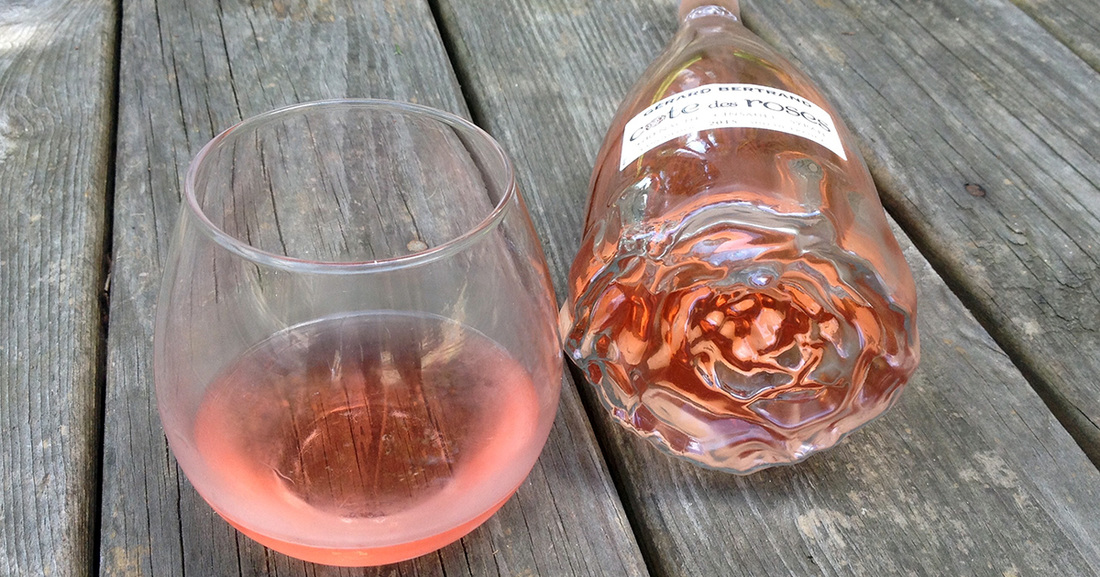
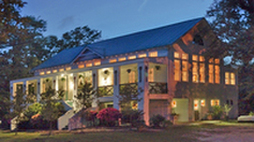
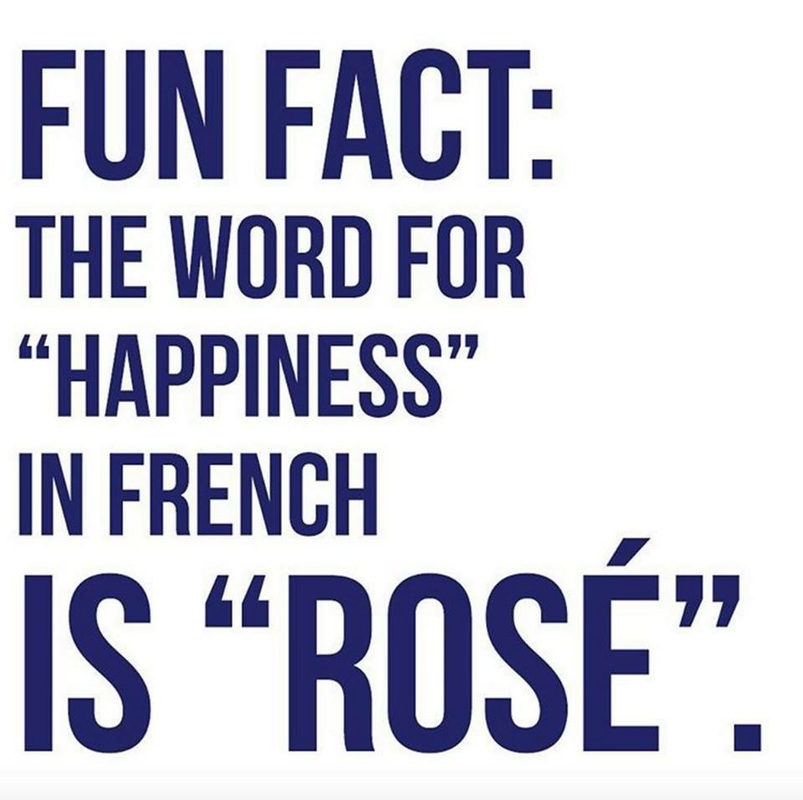
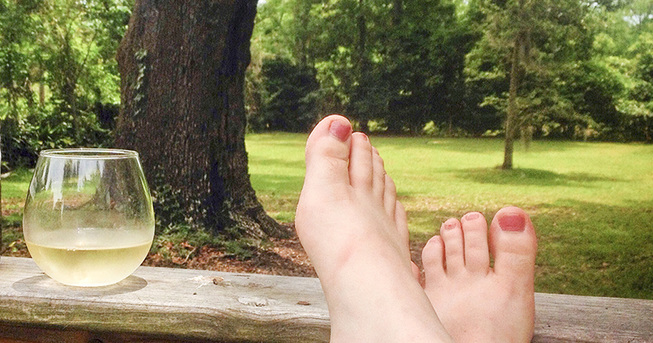
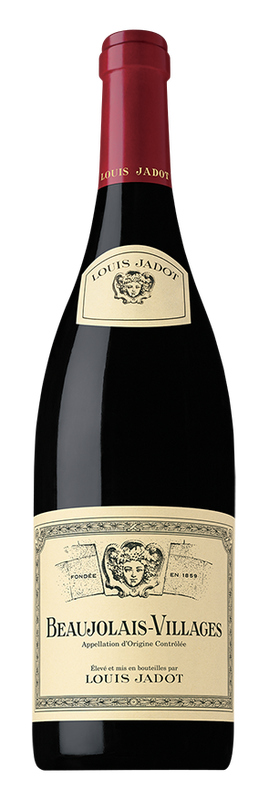
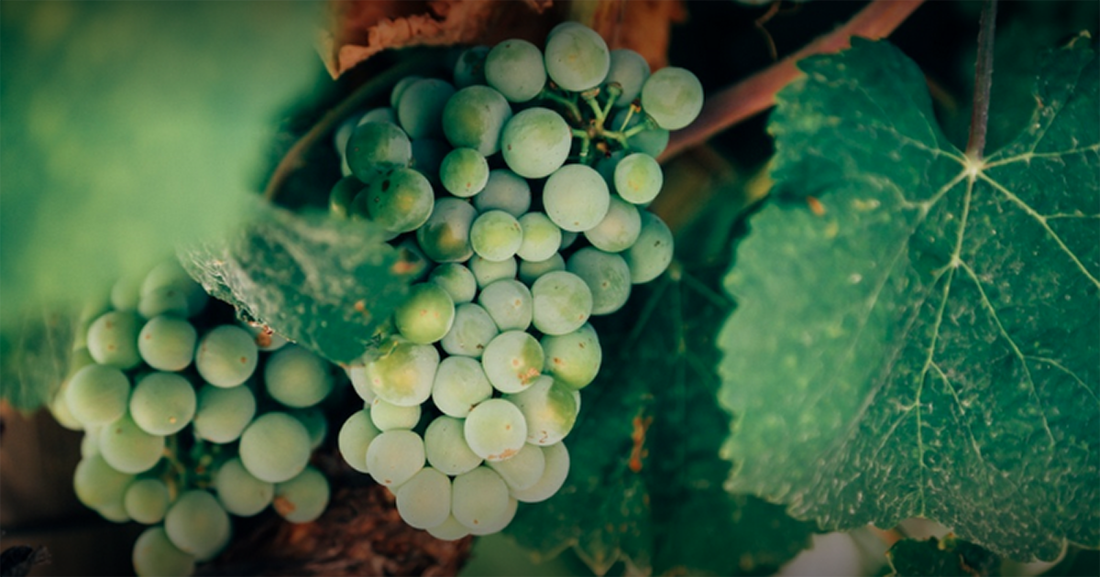



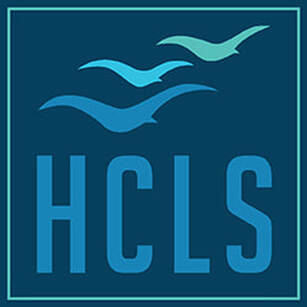




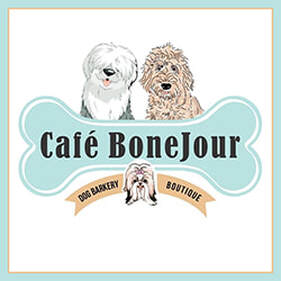


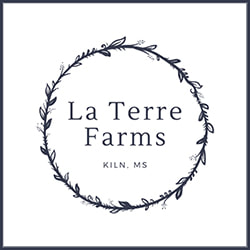



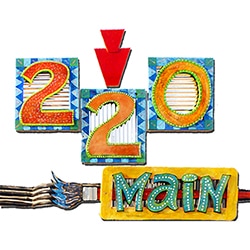

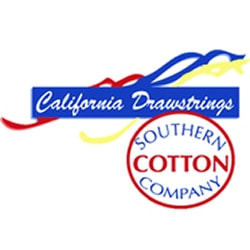


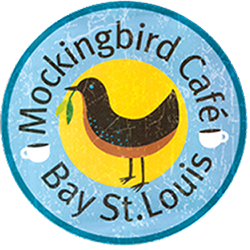

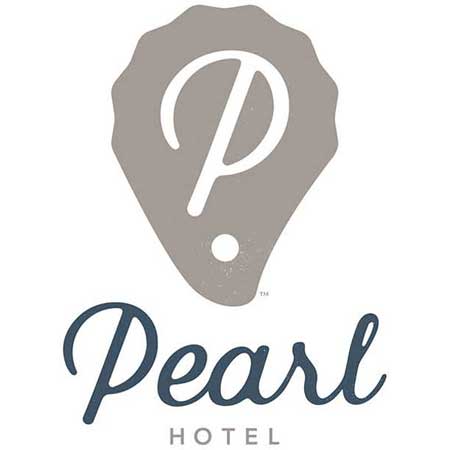


 RSS Feed
RSS Feed





